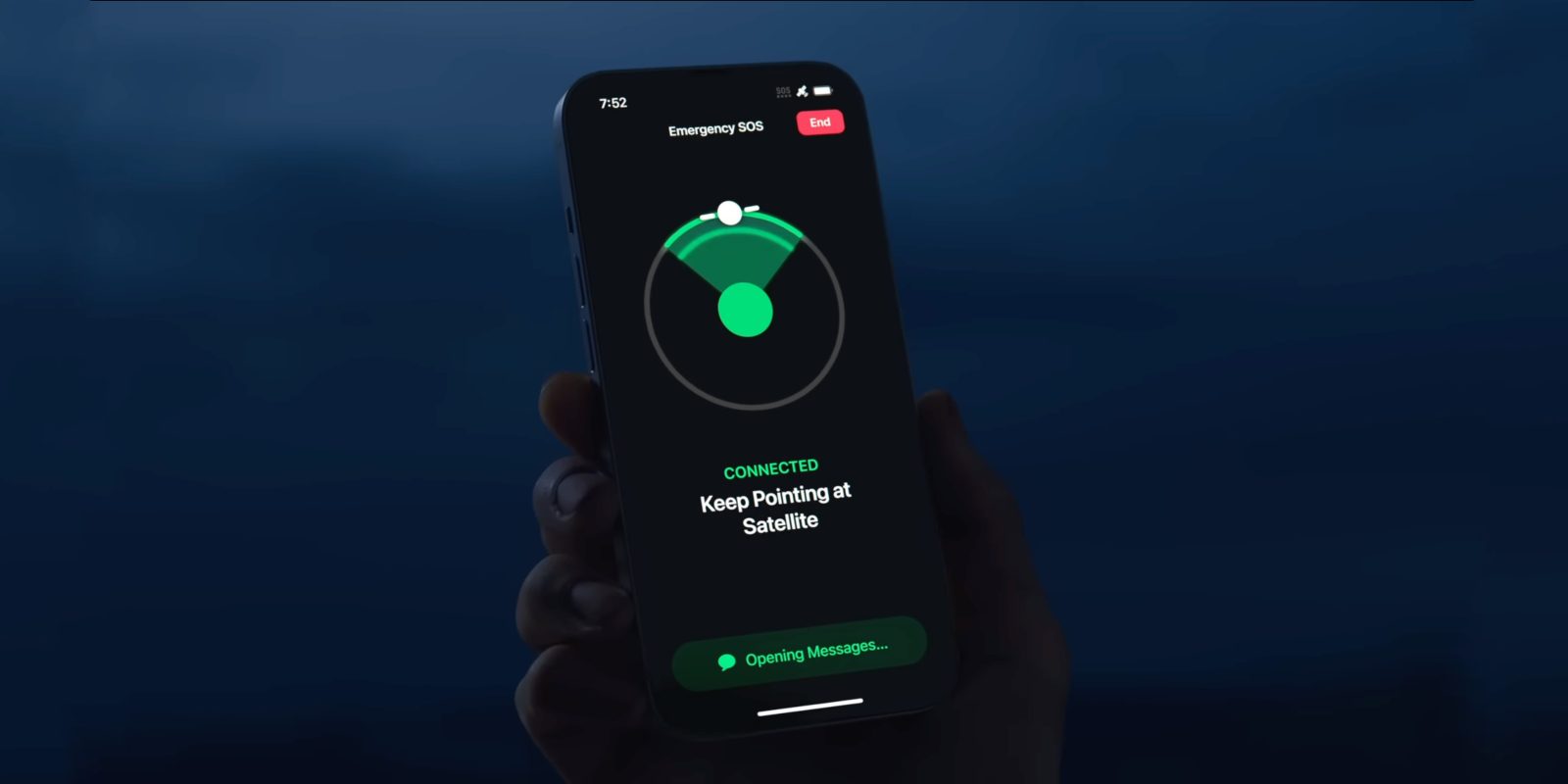
With the iPhone 14 last fall, Apple unveiled its new Emergency SOS via satellite feature that allows users to contact emergency services and send short text messages without a cellular connection. Apple is working with Globalstar on its satellite technology, and in a new FCC filing, Globalstar hints at an expansion of iPhone satellite features.
Right before Apple’s announcement, however, T-Mobile and Starlink also teamed up to announce vague plans to bring direct Starlink connection to existing iPhone and Android devices. In a subsequent FCC filing, T-Mobile wrote, “Today’s ubiquitous consumer devices will not support reception of MSS (mobile satellite service) signals.”
SpaceX and T-Mobile propose to provide supplemental coverage from space, or SCS, through its partnership.
As T-Mobile and SpaceX have explained, SCS is particularly attractive because it relies on devices that consumers already use today; they will simply receive satellite signals using those same devices in areas where they do not receive terrestrial signals. While the public interest may favor additional use of spectrum designated for MSS use, today’s ubiquitous consumer devices will not support reception of MSS signals.
In a new filing spotted by PCMag this week, Globalstar is pushing back on T-Mobile’s claims that today’s consumer devices don’t support satellite connectivity using MSS.
Globalstar already supports direct-to-device MSS for emergency communications in mass-market consumer devices and is delivering extraordinary public interest benefits globally, including in rural and remote areas. In 2022, Apple Inc. announced a revolutionary, direct-to-handset “Emergency SOS via satellite” feature using Globalstar’s MSS network that is now available to users of the iPhone 14 family of devices.
Apple’s Emergency SOS via satellite feature allows users to initiate emergency communications through MSS transceivers contained in these devices and supports two-way messaging communications between the user and public safety response personnel.
This feature has already resulted in many lifesaving rescues since its launch.
Globalstar continues, touting that by using MSS, it will also be able to improve its implementation of satellite technology in the future.
“Globalstar’s MSS system will continue to evolve over time to support a growing array of direct-to-handset features and services in its licensed spectrum,” the company says. “Ultimately, hundreds of millions of people globally will have Globalstar connectivity at their fingertips in situations where communications are critical, and no terrestrial network is available.”
With this in mind, Globalstar is also calling on the FCC to ensure that SCS “does not cause harmful interference to other satellite systems, both inside and outside the United States.”
9to5Mac’s Take
It’s not at all surprising to hear Globalstar confirm its plans to continue investing in satellite connectivity features for iPhone users. After all, Apple itself has invested $450 million in supporting satellite connectivity infrastructure and development. A large portion of that investment is going directly to Globalstar.
What’s interesting is that Globalstar’s response is directed to T-Mobile and Starlink, which are pushing to bring satellite internet connectivity to smartphone users. Is Globalstar hinting at its plans to do the same using MSS technology? It sounds that way.
Currently, Emergency SOS via satellite supports the ability to send short text messages, share location data, and contact emergency services. The feature is free for two years, with Apple presumably planning a subscription service once that period expires. The idea of paying becomes a lot more enticing if the satellite features also include internet connectivity and phone calls.
Follow Chance: Twitter, Instagram, and Mastodon
FTC: We use income earning auto affiliate links. More.
>>> Read full article>>>
Copyright for syndicated content belongs to the linked Source : 9to5Mac – https://9to5mac.com/2023/06/30/iphone-satellite-internet-features/